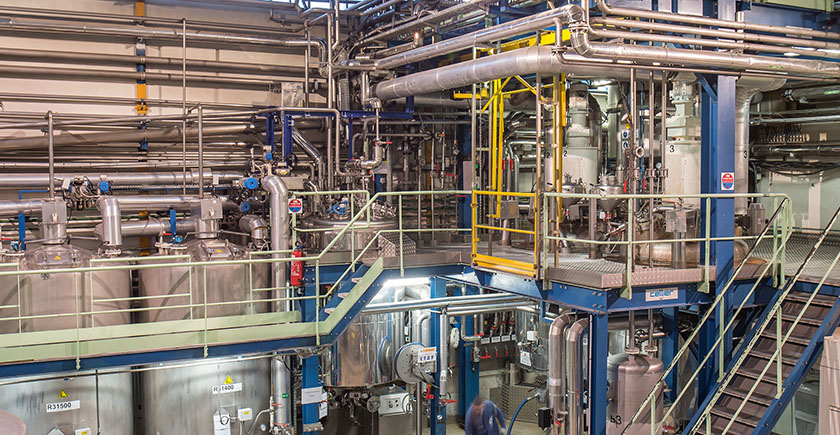06 of 16
Back to themesHighly Specific Production Equipment
1940 • 2010Lipid chemistry, plant extraction… Every operation the business carries out follows a very particular process and is executed using specialist integrated, automated and computerized equipment. Industrial expertise is all part of Gattefossé’s long history.


